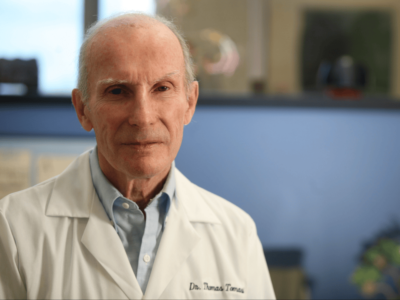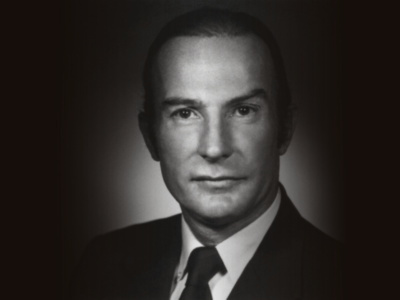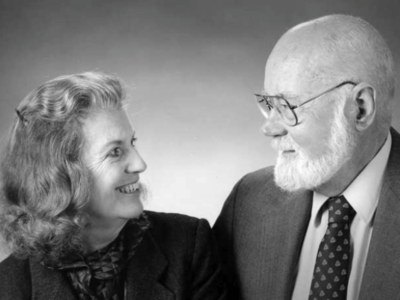In a new online exhibit, the Center for the Study of Tobacco and Society at the University of Alabama explores past and present relationships between cigarette manufacturers and universities.
As the number of cancer survivors in the U.S. continues to rise and the age at diagnosis for some cancers appears to be shifting younger, the need for long-term survivorship care is more urgent than ever.
As the Trump administration reshapes the cancer research enterprise that was built on the foundation of the National Cancer Act of 1971, the Cancer History Project presents an eyewitness account of the impact of this landmark law.
When Kelly Spill was eight months pregnant, she experienced some constipation and noticed blood in her stool. Her OBGYN wasn’t worried.
Thomas B. Tomasi Jr., who led Roswell Park Comprehensive Cancer Center as president and CEO from 1986 to 1996, died March 23 at age 97. His tenure marked a renaissance at Roswell Park that elevated it to a place among the nation’s top cancer centers.
Dr. Thomas B. Tomasi, Jr. president and CEO of Roswell Park Comprehensive Cancer Center from 1986 to 1996, died on March 23. He was 97.
In the 1970s, when E. Donnall Thomas was researching bone marrow transplantation, Fred Hutchinson Cancer Center started a database of transplant recipients.
Credit: NCI/Linda BartlettIn an oral history conducted by FDA in September 2013, Andrew C. von Eschenbach recounted his eight-month stint in a dual role as both FDA acting commissioner and NCI director.
In 1991, the National Breast Cancer Coalition demanded that the federal government spend $300 million more on breast cancer research. This push resulted in the creation of the Department of Defense Congressionally Directed Medical Research Program, which has broadened to 34 other diseases with an FY24 budget of $1.5 billion.
When Helene Brown, a cancer control pioneer who jokingly described herself as “the first in a long line of political oncologists,” delivered the keynote address at the Oncology Nursing Society annual meeting in 1990, she set forth bold predictions for the ensuing 20 years of the field: appointments conducted over “computerphone,” major genetic breakthroughs, and universal healthcare.















